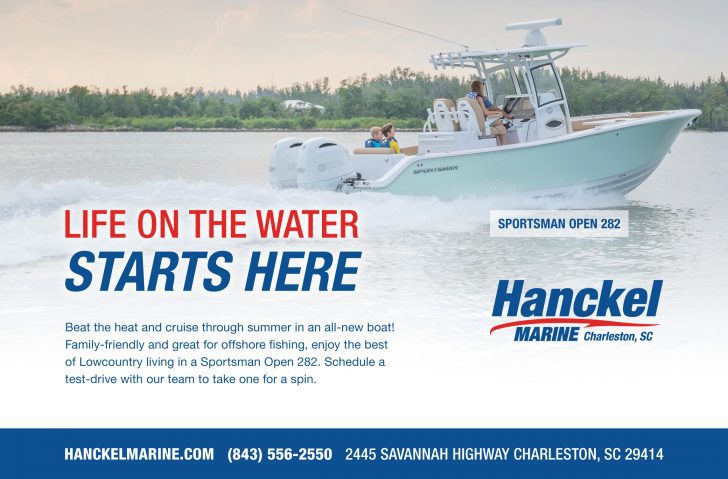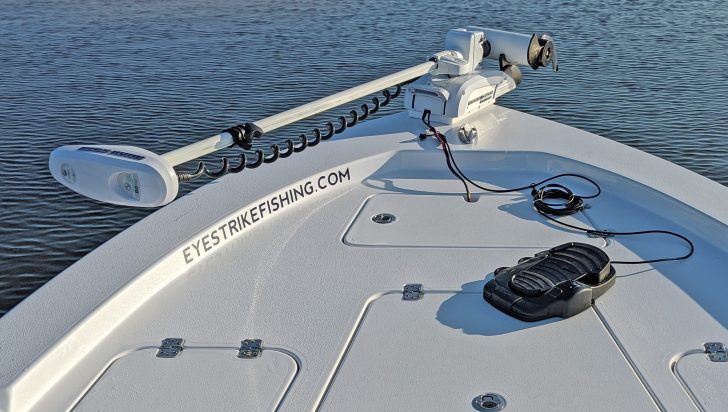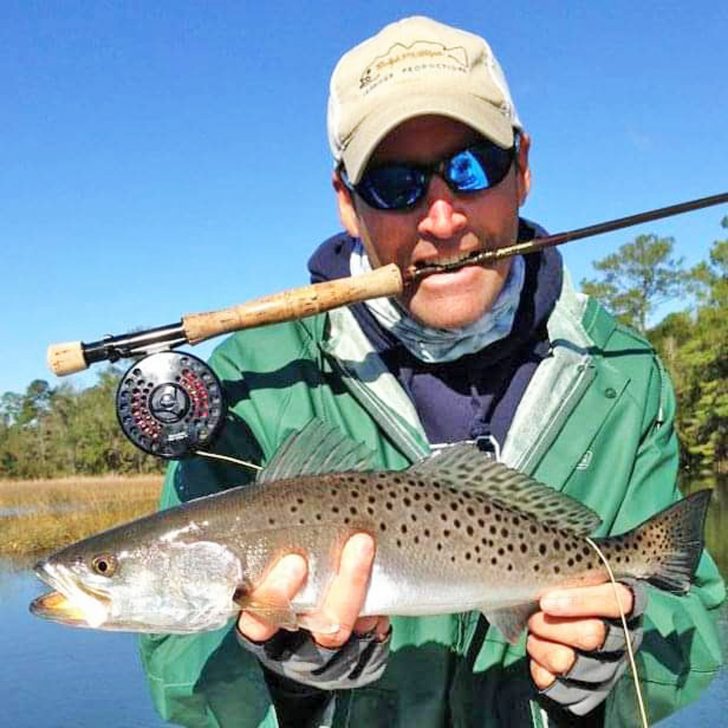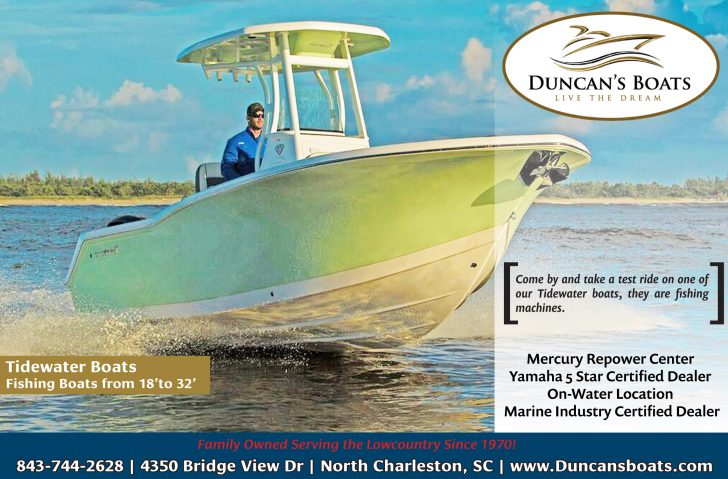It’s August in Charleston. I’m gonna be honest, the artificial lure bite is pretty difficult this month.
Your best bet will be to throw topwater plugs on overcast days or before the “orange torture-ball” rises above the tree line and the fish recede to cooler, deeper waters.
So, I’m going to take this month to encourage you to get out of your comfort zone and learn something new.
The cool thing about fishing is there is always something new to learn. When I started fishing artificial lures almost exclusively, it was a conscious decision.
I decided I was going to learn how to do it, and do it well, so I committed to only fishing lures from that day on.
I knew that my catching would suffer for the foreseeable future – and it did, for about a year.
I’m still learning (and will be as long as I’m fishing) but I now catch more fish on artificial lures, year-round, than I ever did before.
In my opinion it’s more fun, and it’s sure nice not to have to go net shrimp before every trip.
I’d say that the majority of saltwater fishermen have never thrown a bait-caster
If you want to be better at fishing lures, watch the pro bass fishermen. They are the true masters, and you can learn so much by watching and learning from them.
A few staples of freshwater bass fishing that my business partner Ralph Phillips adapted to saltwater fishing many years ago are use of a bait-casting reel, and a trolling motor foot control.
I’d say that the majority of saltwater fishermen have never thrown a bait-caster, and I’m not sure how many others I’ve seen using a foot control.
Ralph has used both for decades, and, eventually I made a commitment to learning how to use both.
If you’ve never used a low profile bait-caster, it’s basically a reel with a horizontal spool that you control mainly with thumb pressure.
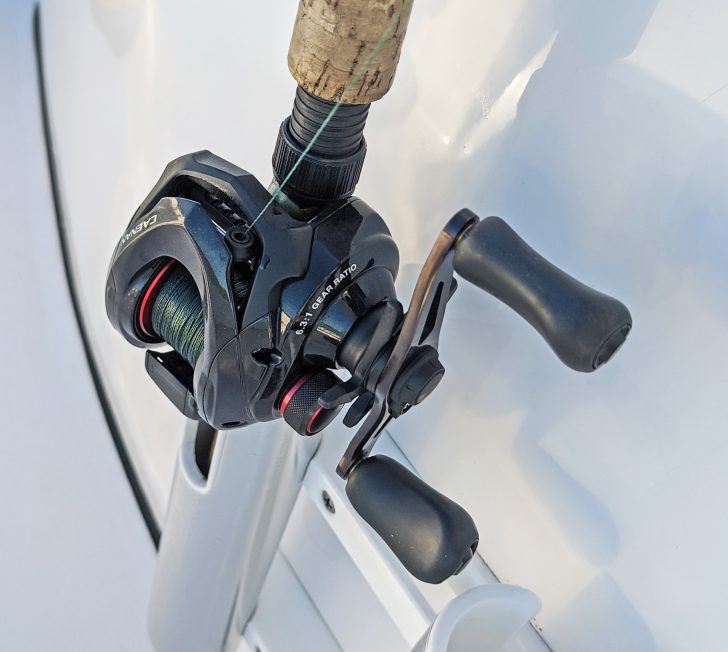
The result of improper technique is the dreaded “birds-nest” when the line outruns the spool, piling up line.
Most times you can pick out the knots, but sometimes only a razor blade will help.
There are cast control settings that help minimize bird nesting for beginners, but these typically result in shorter casting distance.
It’s hard to describe but its just easier to work a lure on a bait caster in my opinion
The secret is to free up these cast control settings and very slightly “feather” the spool as the line is cast, and the key is to stop the spool before the lure stops.
This is usually the surface of the water, or sometimes an unintended target like a tree branch.
Unexpected stops are usually the source of bad bird nests. So, what’s the benefit? It’s hard to describe but its just easier to work a lure on a bait caster in my opinion.
Between the ability to underhand cast and stop the line with your thumb, I feel like I can hit an area the size of a dinner plate pretty often using one.

I’ve described the importance of accurate casting in a prior article. These are some of the reasons they are popular with bass pros.
You can purchase a Shimano Caenan 100 reel for about $80 or less and it’s a really good reel for the money. Get yourself one and try it.
Ralph has always used a foot control for his trolling motor.
The thing is, just like anything new you have to be committed to it to master it
Usually a few times a trip he would need to retie his line, light his cigar or something where I would need to jump on the trolling motor.
The results were pretty comical. I would be going back and forth trying to figure out which way the motor would turn.
Toe down right, or is it left? I just could not get it! Ralph wouldn’t even have to think about it, it was like an extension of his body.
The thing is, just like anything new you have to be committed to it to master it.
A few years ago when I bought my bay boat, I rigged it with a Minn Kota Terrova with the anchor feature, and opted for a foot control.
Now that I have to use it every trip, all day long, its second nature. I can’t imagine fishing without one.
The benefit is that you have both hands free to fish, and you can maneuver in tight spots with very good control. To me, it’s worth every penny.
The last thing I’d like to encourage you to try is fly fishing.
Years ago, before I met Ralph, I saw people walking the marsh stalking redfish and decided I wanted to learn what this was all about.
When I say I was clueless, I was clueless! I didn’t understand why the reel was all the way on the back of the rod, or anything like that.
Anyway, I went out and bought a basic starter rod. The ideal rod is a 9 ft, 8 wt rod with a large arbor reel.
After taking that class you will feel like you know enough to get in trouble
What’s all that? Well, go to a fly shop and simply ask. They will tell you all about it.
Another thing I did which was invaluable, was to take a class from Capt John Irwin (Fly Right Charters).
He has been doing this for years and is currently running them through Haddrells Point Tackle.

__________________________________________________________________________
After taking that class you will feel like you know enough to get in trouble.
I’ll never forget trying my best to make a passable cast, and him demonstrating (on my rod) by casting the entire fly line off the rod.
To this day, I find that incredible. So, what’s the benefit to an artificial lure angler?
I view a fly rod as an essential tool in my fishing toolkit. What does a fly rod excel at?
The ability to launch a very light, almost weightless lure a long way. Try to cast a fly on a spinning rod or baitcaster.
You can’t. There are some days, especially in cold water when the fish are keyed in on very small forage.
I’ve seen many times when a school of redfish is feasting on 1” grass shrimp and they won’t look at an artificial shrimp or jig.
But, if you can use a fly rod and present a little 1” brown fly to them – its on!
David Fladd
Partner, Eye Strike Fishing
dfladd@eyestrikefishing.com
eyestrikefishing.com
YOU CAN COMMENT ON THIS ARTICLE BELOW!
You may also enjoy reading Finger Mullet ”A Catch All” Bait


